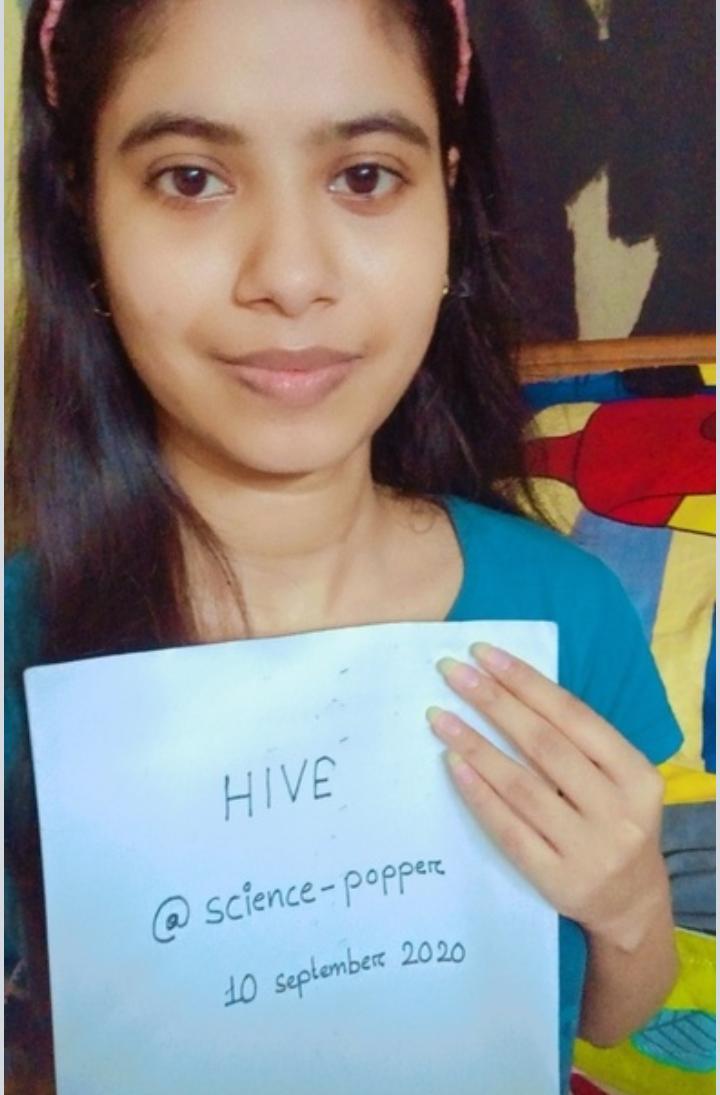
Self Introduction in Hive

Image credit: ESA/Hubble & NASA, J. Kalirai (Source: NASA)
Various stunning stars are full close to each other throughout this picture of the global cluster NGC 1805, captured by the NASA/ESA Edwin Powell Hubble Space Telescope. This tight gathering of thousands of stars is placed getting ready to the sting of the massive Magellanic Cloud, our own satellite galaxy Milky Way. The stars orbit close to one another, just like honey bees amassing around a hive. Within the thick focus of 1 of those clusters, stars are a 100 to 1,000 times nearer along than the nighest stars are to our Sun, creating planetary systems around them far-fetched.
The placing distinction in star hues is printed cleanly during this image, that consolidates numerous sorts of light: blue stars, focusing most splendid in near-ultraviolet, and red stars, enlightened in red and near-infrared. Space telescopes like Hubble can see in the ultraviolet since they are situated over Earth's atmosphere, which retains most ultraviolet, creating it troublesome to succeed in ground-based facilities.
This young global cluster is seen from the hemisphere, within the Dorado constellation, that is Portuguese for dolphinfish. Normally, global clusters contain stars that are planned at the same time. NGC 1805, be that because it could, is unordinary because it looks to possess 2 distinct populations of stars with ages a good a few years separated. Look such clusters of stars will assist area specialists with seeing however stars advance, and what parts decide if they finish their lives as white diminutive folks or detonate as supernovae.
Reference: